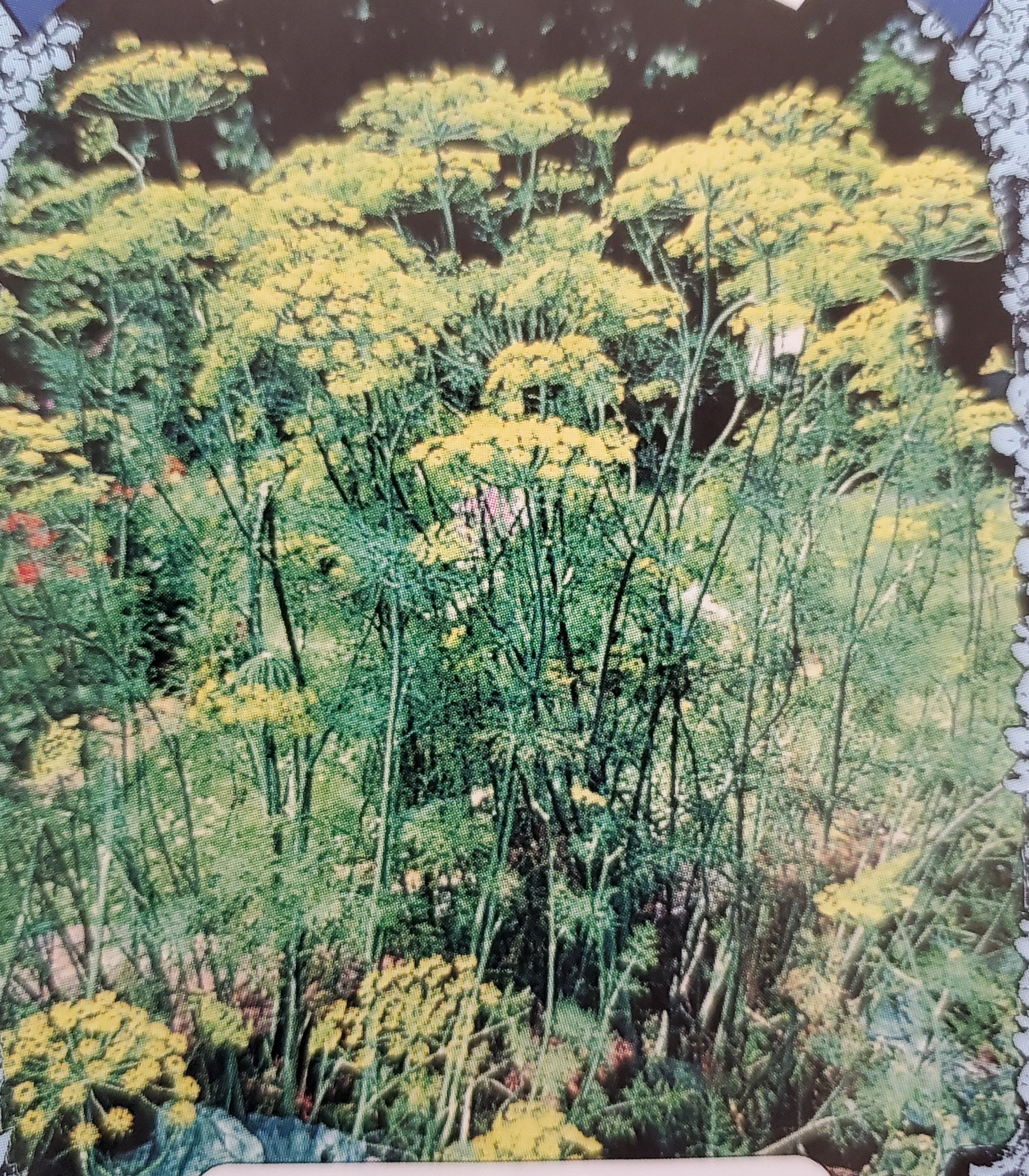

You’ll often read that it and ‘Tetra’ are the same cultivar, but Dr. It has abundant deep-green leaves, a delicate sweet flavor and generally reaches a mature height of 2 to 3 feet. ‘Dukat’ is an older variety of Danish dill that remains widely available. It was developed by the Burpee Seed Company from seeds of Turkish origin and has finely cut leaves that are deep blue-green in color. ‘Fernleaf’ matures to 12 to 18 inches, making it ideal for containers and smaller gardens. Pickling enthusiasts will appreciate its production of large seed heads that develop early in the season. Its free-flowering habit focuses on seed production. ‘Bouquet’ grows to a mature height of up to 3 feet, making it mid-sized by dill standards. Here’s a breakdown of their basic differences: Surprisingly, at least eight cultivars are commonly available as transplants: ‘Bouquet,’ ‘Fernleaf,’ ‘Dukat,’ ‘Superdukat,’ ‘Delikat,’ ‘Long Island Mammoth,’ ‘Tetra’ and ‘Hercules.’ There are certainly many other cultivars to start from seed, but these tend to be the most widely available as plants. Art Tucker and the late, much-beloved herb grower Tom DeBaggio, lists 14 separate seed lines. The Big Book of Herbs, a comprehensive reference by Dr. The primary differences between them show up in their mature size, foliage color and how long it takes for the plant to bloom and set seed (botanically, these are technically “fruits”). And if you’re using the fresh leaves to flavor food, yes - it’s all Anethum graveolens, and you’ll find the flavor varies very little from cultivar to cultivar. You might assume that dill’s dill and you’d be in good company. So let’s get right to the heart of the matter. As late September through October kicks off prime dill growing season in Texas, now’s the time for you to consider adding it to this year’s cool-weather garden. As a lovely bonus, swallowtail butterflies flock to it as a host plant for their offspring - making it a useful plant in the kitchen and the garden. Voted the National Herb Society’s 2010 Herb of the Year, it remains a classic part of the culinary herb garden and essential to any collection of colonial, tea, medicinal or culinary herbs. So, it puts me in a bit of pickle (yes, pun intended) that a reader’s question about volunteer dill seedlings prompted this article.

And finally, ask 50 people what their favorite culinary herb is and there won’t be a large dill contingent. Well, for most Texas gardeners, dill is harvested long before the pickling cucumbers are ready (but more about that later). “But what about dill for pickling?” you ask. Why not? Primarily because dill thrives in cool weather and truly tastes best when fresh picked so its limited growing season in Texas tends to keep a lid on my enthusiasm. I know something about it, but it’s not part of my daily routine. When asked to talk about dill, I often feel like a Texan discussing the native plants of California.


 0 kommentar(er)
0 kommentar(er)
